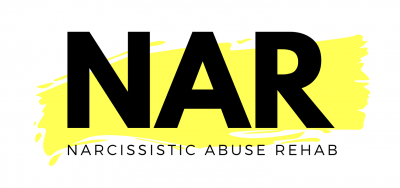The Vermont House of Representatives passes groundbreaking the H.27 Bill to combat coercive control and protect survivors.
Domestic Violence
An op-ed by Angelina Jolie exposes racial bias in medical care, highlighting the urgent need for nonbiased forensic technology.
Learn the meaning of the legal term domestic violence enhancer that is used in cases of intimate partner violence in Colorado and Wisconsin.
What is gaslighting? Learn the definition, signs, and some examples of this covert form of psycho-emotional abuse commonly used by narcissists.
Dr. Charlotte Bishop on the systemic gaps that makes it difficult to prove coercive or controlling behavior in a court of law.
Attachment specialist Dr. Michael Kinsey of Mindsplain on the four main reasons for parent-child estrangement in narcissistic abuse.
CHILD-TO-PARENT VIOLENCE (CPV) is estimated to occur in up to 1 in 10 families. ITV News reports that a growing number of people are experiencing parental abuse by children. Experts say that the incidence of child-to-parent violence increased during the coronavirus pandemic. Due to the stigma associated with this most taboo form of domestic abuse, two out of three parents experiencing child-to-parent…







